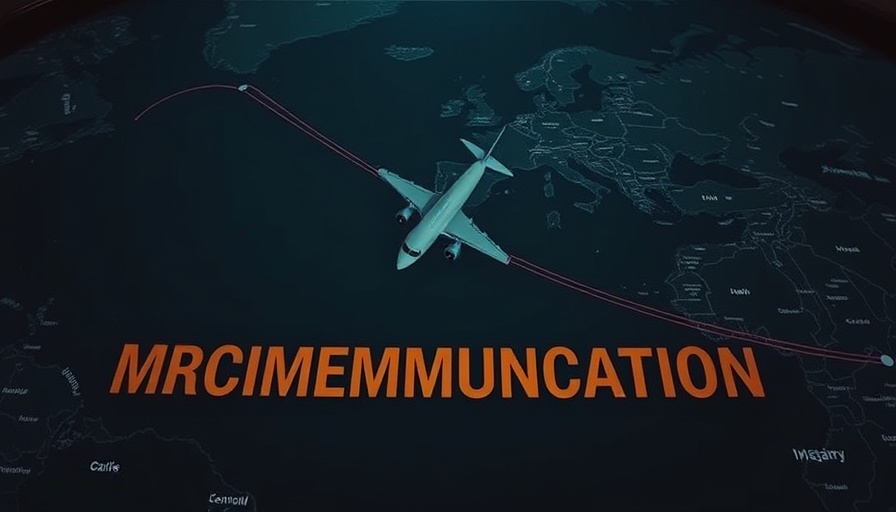
Understanding the Viral ATC Audio: A Dive into Communication Errors
A recent viral video making waves online claims to showcase an amusing incident from an Air Portugal flight, TAP484H, where a miscommunication regarding the inoperable toilets led to confusion among air traffic control (ATC) operators. The clip features an audio clip where a French controller mistakenly interprets "the toilets are inoperative" as "the pilots are inoperative," creating a scenario ripe for misunderstanding.
The Nature of Air Traffic Communication
Communication within aviation is paramount. Every word holds significant weight, and what might seem like a minor slip can escalate into a critical situation. The reported incident highlights the necessity of clarity in radio communications. The video that sparked the interest of online audiences lacks vital details such as the date and context, stirring skepticism regarding its authenticity.
The Legal Implications of Broadcasting ATC Communications
One of the most significant concerns around the video's legitimacy lies in the stringent laws that govern the broadcasting of ATC communications in France. French legislation, particularly the Code Pénal Article 226-1 and 226-2, imposes severe penalties for unauthorized interception and broadcasting of ATC audio. The legal ramifications of leaking such recordings, especially those involving public authority figures like ATC controllers, raise a red flag for enthusiasts of aviation communication.
A Look into the Source and Its Credibility
The video's credibility is further in question when considering the source it cites: ATCLive. While they may provide a wealth of aviation-related content, the recording of internal phone calls made by air traffic controllers raises serious concerns. Internal communications between controllers are not typically accessible or allowed to be disseminated, especially considering the context of the confusion depicted in the video.
Potential Consequences of Miscommunication in Aviation
The humorous implications of the audio voice-over cannot detract from the actual risks involved in aviation miscommunication. Prior to clarification, tensions run high among controllers and the flight crew alike. It emphasizes the real risks that can arise from a simple misunderstanding—reinforcing the idea that effective communication can be a matter of safety.
Conclusion: The Importance of Clear Communication
While the viral ATC audio provides an entertaining scenario that resonates with many, it serves as a reminder of the crucial need for clarity in air communications. Whether or not the specific incident is genuine, the discussion it raises around air traffic control and communications remains relevant in our increasingly congested airspace. It beckons the constant refinement of communication protocols within aviation to prevent potential tragedies stemming from miscommunication.
As you engage with this topic, consider the importance of understanding effective communication, not just in aviation, but in every aspect of our interconnected lives.
 Add Row
Add Row  Add
Add 




Write A Comment